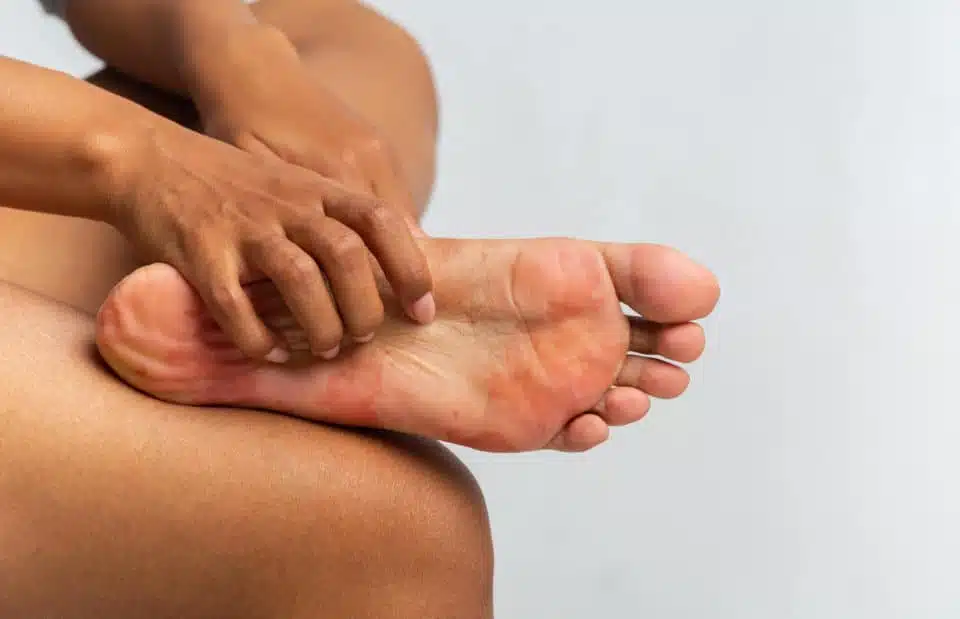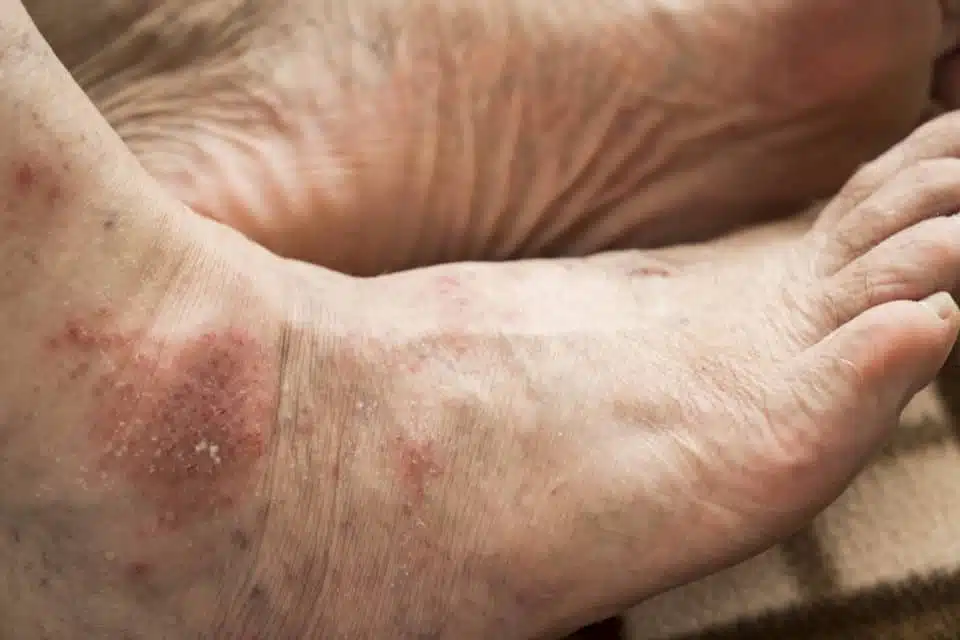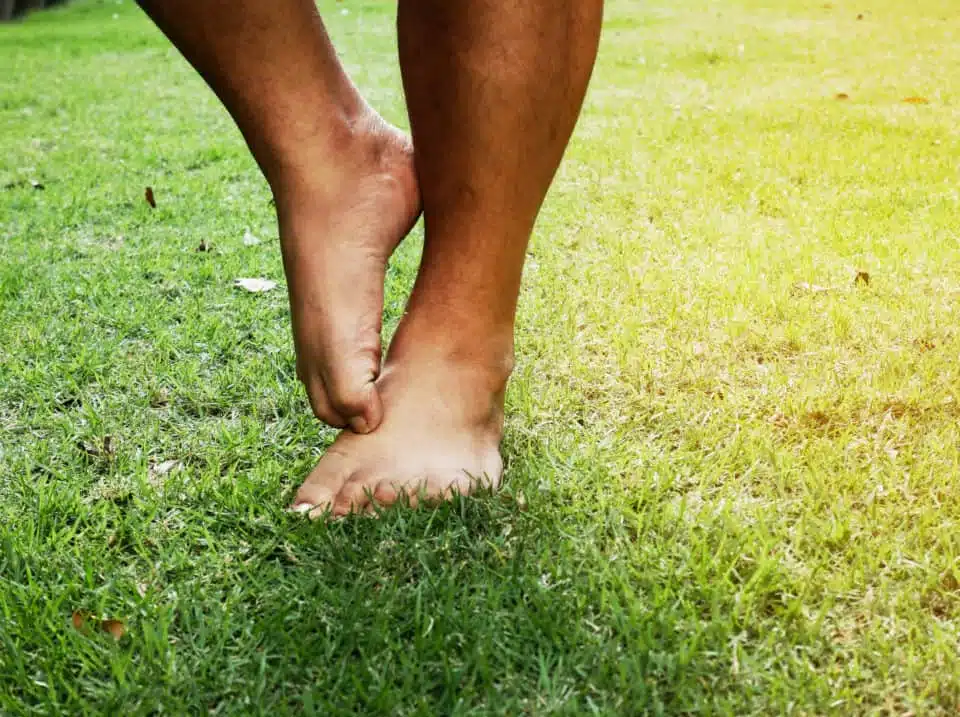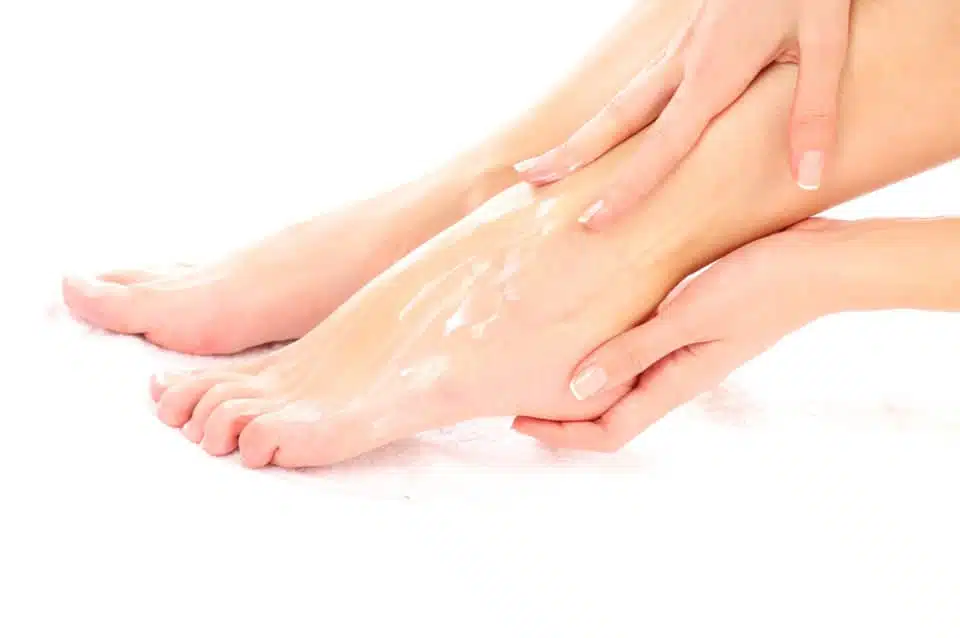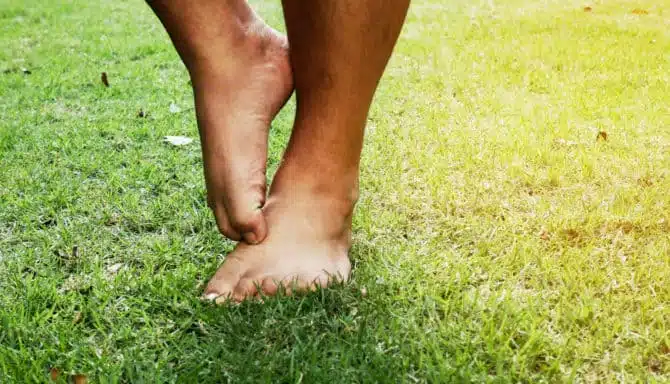Have you ever experienced a rash shortly after cleaning, going out for a nature walk, or even when wearing a piece of jewelry? It could be contact dermatitis – a type of skin condition that occurs when you have an allergic reaction.
Fortunately, this condition is not serious, but it can be uncomfortable. But, there is plenty you can do to avoid and treat contact dermatitis. So do not fear! In this article, you’ll find an overview of contact dermatitis, its causes, treatment and prevention, and more tips on keeping this skin condition at bay.
The ‘what’: What is contact dermatitis?
Contact dermatitis is your skin’s allergic reaction to a certain chemical or substance. Typically, you’ll develop a red rash and itchiness. In serious cases, there may be ooze and crust associated with skin blisters.
There are two types of contact dermatitis:
- Irritant contact dermatitis: a condition where the outer layer of your skin is damaged/irritated. This is more of a surface-level type of dermatitis. According to the National Association of Eczema, irritant contact dermatitis accounts for roughly 80% of all contact dermatitis.
- Allergic contact dermatitis: a condition where your skin has an immune reaction to a foreign substance, either directly or through consumption. This can be surface-level dermatitis, but it can also have a deeper impact below the surface layer of the skin.
Dermatitis is also referred to as eczema which more generally describes a group of allergic skin conditions.
The ‘why’: Why does contact dermatitis occur?
To understand why contact dermatitis occurs is to understand allergies. As the Mayo Clinic describes it, “allergies occur when your immune system reacts to a foreign substance or a food that doesn’t cause a reaction in most people.” Specifically, allergies occur when your body produces antibodies against substances that other people may not react to. The most common forms of allergies are food allergies, like peanuts, dairy, or fish. But allergies aren’t just restricted to food. Seasonal allergies like grass and pollen also affect a large portion of the population.
In the same way, people’s skin may react to certain substances. This reaction can occur with essentially anything that comes in direct or indirect contact with your skin.
What things can cause contact dermatitis on your feet?
There is a whole laundry list of items that can cause contact dermatitis on your feet. Fittingly, this list includes laundry detergent, as well as the following:
- Shoes. Footwear can contain multiple materials that can cause contact dermatitis. Possible allergens include rubber, the glue that binds your shoes together, a nickel buckle on a sandal, Chromates, formaldehyde, or paraphenylenediamine (a type of dye). If you find that the shoes you wear give you a rash or redness, you can try footwear with natural materials. Cork, wool, hemp, and natural rubber are alternative materials found in various forms of footwear that may reduce your chance of developing contact dermatitis.
- Socks. Socks can cause contact dermatitis if they contain certain dyes. See our list of top picks for socks in this blog post.
- Rubbing alcohol. If used on your foot to treat wounds, you may experience discomfort and a reaction.
- Bleach and detergents. These can cause contact dermatitis if they’re used around the house or by washing clothes that come in contact with your feet (like your socks). If you use any sort of cleaning chemicals on your floors, use sandals or shoes.
- Plants. In southern Ontario, in regards to plants that can cause contact dermatitis, you’ll want to avoid wild parsnip, giant hogweed, poison ivy, wild hemlock, and pokeweed. These ground plants can grow in frequented areas, so be careful when out walking, running, or riding your bike. Thoroughly wash your feet if you think you’ve come in contact with potentially harmful plants. Additionally, wash your hands frequently to avoid it spreading to other parts of your body.
- Fertilizers and pesticides: Avoid being barefoot in the yard if you recently fertilized or used pesticides on the surface. If you used these, wear high socks and/or shoes to avoid direct contact with your feet and skin.
The ‘how’: How do I get rid of contact dermatitis?
Getting rid of contact dermatitis is a two-phase process. First, you’ll want to remove the offending substance and material. At that point, you can treat dermatitis itself.
Treatment
- Remove the substance/chemical from your environment. This may mean changing laundry detergents, and shoes, wearing gloves when dealing with certain household cleaners, or taking certain precautions when seasonal allergen levels are high.
- Use a cream or lotion on the affected area. A cream or lotion can help soothe the discomfort associated with contact dermatitis. Products such as calamine lotion or Benadryl can be applied 1-2 times a day for as long as is needed. Depending on the severity of dermatitis, a doctor can even prescribe oral steroids to help with inflammation and itching.
- Apply a cool, damp towel. A moist, cool cloth can provide temporary relief for discomfort and itchiness. You can even take a relaxing bath to soothe the redness and rash.
- Avoid touching the area. Avoid scratching and touching dermatitis to reduce any sort of inflammation or further discomfort. Just like any skin condition, repeatedly scratching can exacerbate the issue and prolong the recovery time.
Prevention
- Remove the substance/chemical from your environment. This is both a treatment and preventative method. You can prevent contact dermatitis by simply swapping out your daily lotions or topical creams for a hypoallergenic version that is fragrance, paraben and preservative-free. This can include hydrocortisone or foot creams made for sensitive skin (like the Gehwol Sensitive Skin).
- Protect your hands. Wear gloves and rinse after dealing with a substance you find you’re sensitive to.
- Rinse after being outside. Take a quick shower or rinse any part of your body that may have come in contact with an irritant when outdoors. This is especially the case if you’re in an area with plants like poison ivy or poison oak.
- Don’t itch. As tempting as it is to scratch and itch, you may spread the irritant to other parts of your body. Try avoiding contact, and cover up the area if it helps.
- Get tested. Dermatologists can perform what’s called patch testing. This is an allergy skin test that helps determine reactions to certain substances in a controlled environment. Determining the root cause of dermatitis can then help inform you on certain substances to avoid in the future.
